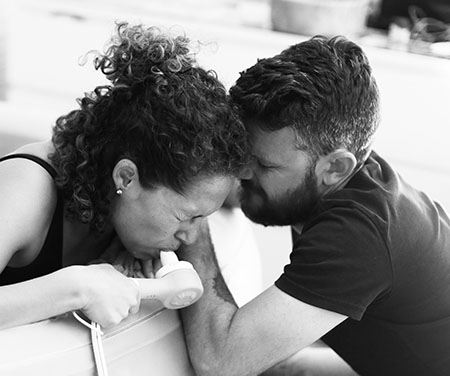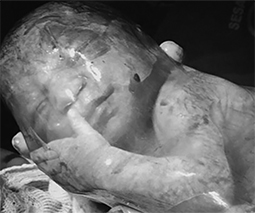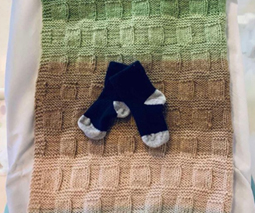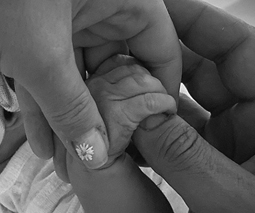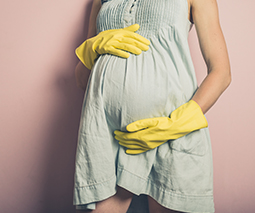VBAC: Everything you need to know about vaginal birth after caesarean

If your first baby was delivered by c-section, you can still opt for a vaginal birth second time around. It’s called a VBAC, and it’s a viable option if you have no medical complications. I gave it a shot, you can too. Here are a few things to know:
What is a VBAC exactly?
It stands for Vaginal Birth After Caesarean. It’s a shorthand term for the many women who have a c-section for baby #1, then try a vaginal delivery for baby #2 (or 3 or 4).
It’s pretty much the same as a normal vaginal birth, except you’re monitored much more closely throughout your pregnancy and during delivery. This is because you have a uterine scar from your c-section surgery, and there’s a slight chance that this scar could rupture during labour.
Keep in mind the risk of uterine rupture is small, occurring in roughly one in every 200 VBACs. However, a rupture can be very serious for both mother and baby, and the risk does increase with each c-section you have.
Making the choice
We all have different things driving our birth decisions. I had a c-section with my first baby, but when it came time for the second baby, I wanted to try for a natural delivery. I couldn’t really explain it, I just wanted to give it a go. It’s not an unusual story, however I did find that people questioned my choice – and often.
So yes, VBAC can be a difficult decision, and not every doctor or obstetrician is willing to pursue that option. It is however becoming more of a talking point, and with c-section rates increasing to around 32 percent and VBAC rates still fairly low (under 17 percent), there is increasing support for those women who want to do things differently second time around.
Ultimately, if it’s important to you, and you tick all the medical boxes for a VBAC, do the research, and look for a doctor or midwife who will support your choice, whatever that may be. For planning purposes, it’s best to make your decision by the time you reach your 34-36 week appointment.
Pros and cons
If you’re considering a VBAC, your doctor or midwife will no doubt give you all the information you need on the benefits and risks. But some commonly cited benefits are that you can have the vaginal birth experience and you’ll be up and about quicker than after a c-section.
The main (and most serious) VBAC risk is the aforementioned uterine rupture, which can be life-threatening. So if you do decide to proceed with a VBAC, expect to be monitored closely and you’ll also probably have to wear more monitoring equipment as you labour, which can restrict your movement and potentially rule out a water birth. If there are complications during the VBAC labour, or the baby is in distress, an unplanned c-section would be the next step.
Why you might not be able to have one
If you have any of the following, your doctor may rule out VBAC altogether:
- A previous uterine rupture
- Multiple births
- A previous classic c-section scar. This is when you have a low vertical incision, rather than a low horizontal cut.
The verdict? Weigh up your options and make the choice that feels right to you. If you do decide to go VBAC – go get ’em.
What do you think? Do you know anyone who had a VBAC?
